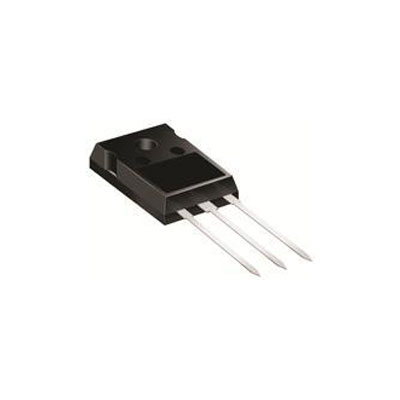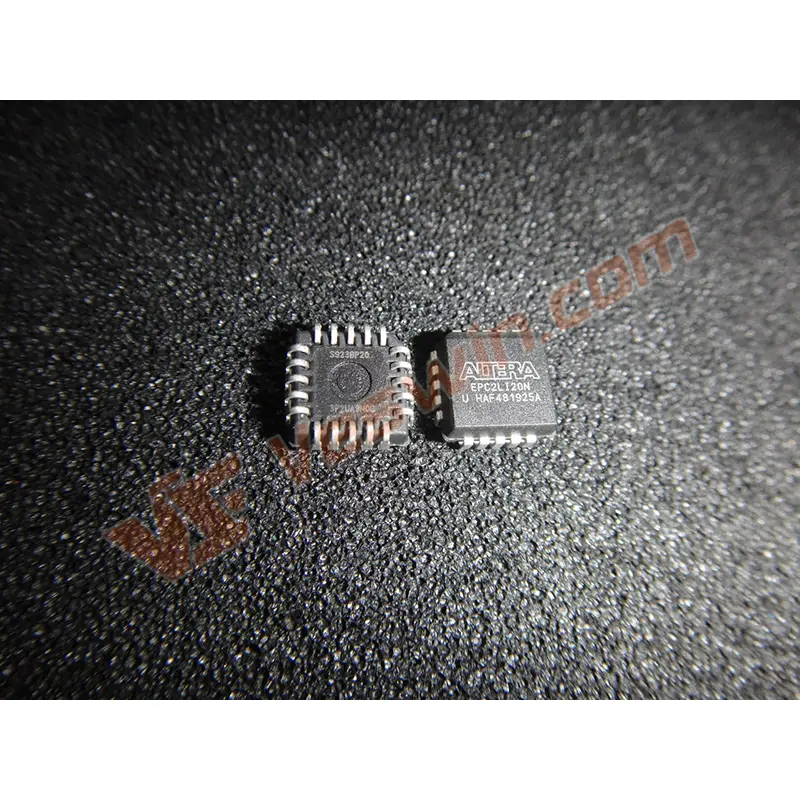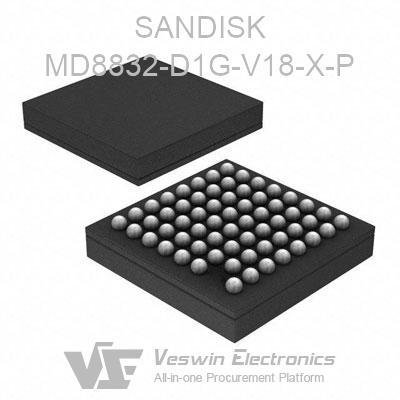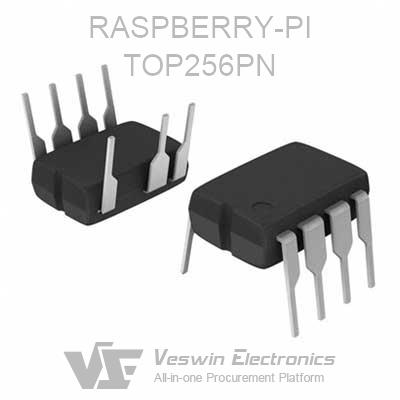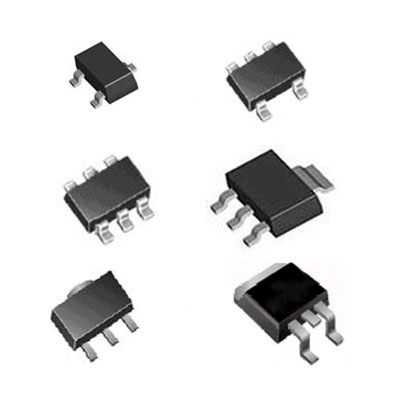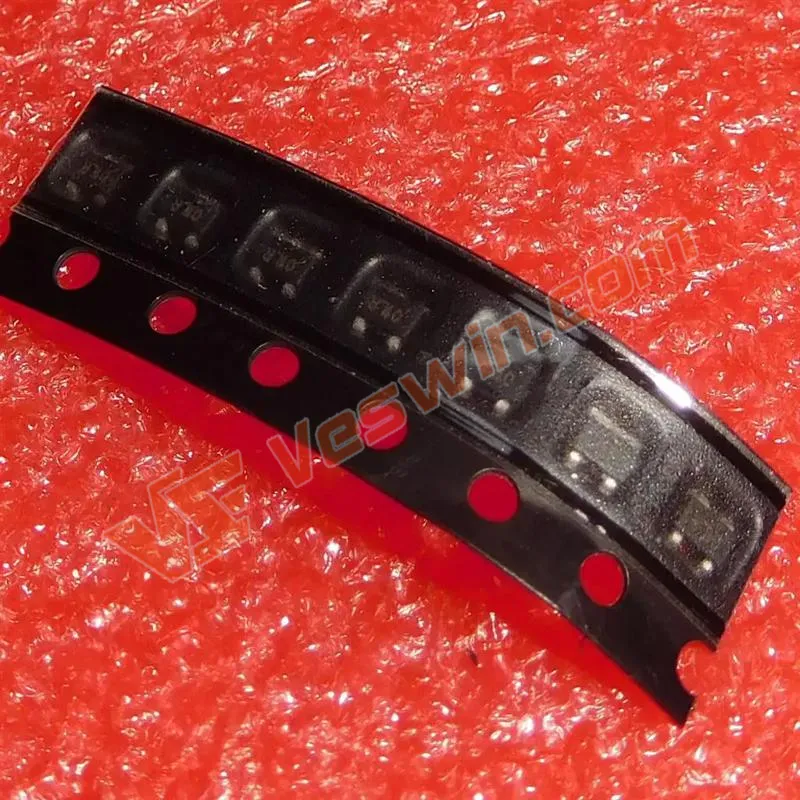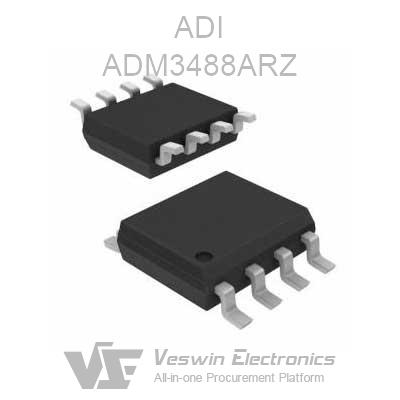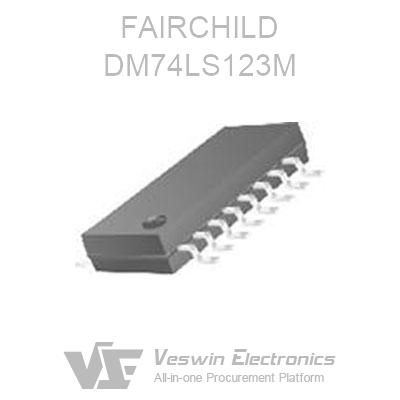As 2023 fades away, the RISC-V architecture has experienced another year of breakthrough innovation, marked by significant announcements from various manufacturers. Looking ahead to 2024, we can make some modest trend predictions, anticipating potential surprises from RISC-V.
With the official release of the RVV 1.0 standard, many RISC-V IP companies upgraded their cores in 2023. Companies like Pinecone, Alibaba's Pingtouge, Andes Technology, and SiFive embraced the RVV 1.0 standard. For instance, Jia Nan Technology introduced the world's first commercially available chip, K230, supporting the RCC 1.0 standard. New AI processors based on the RVV 1.0 architecture are being launched or planned, showcasing the industry's shift towards AI.
In addition to RVV, IP vendors are customizing their offerings for AI. Pinecone introduced the Matrix standard, and SiFive expanded with SiFive Intelligence. The RVV 1.0 architecture has truly opened the door for RISC-V to enter the AI era.
In 2024, the trend of AI in RISC-V is expected to continue growing. Companies are recognizing the potential of promoting RISC-V products from an AI chip perspective. For example, Espressif Systems, known for its ESP32-S3 based on Xtensa, is venturing into RISC-V with the ESP32-P4, a more powerful chip catering to AIoT applications.
The SG2042, released by Algorithmic Labs at the end of 2022, integrated 64 Pingtouge C920 RISC-V CPU cores, making it the first server-level RISC-V CPU processor with exceptional performance and a 120W TDP. In 2024, Algorithmic Labs plans to launch the SG2044 SoC, promising even higher performance while supporting RVV 1.0 and accommodating models like the 7B Llama with 70 billion parameters.
Another significant player, Ventana, is set to release Veyron V2 in 2024, following the Veyron V1 built on TSMC's 5nm process. Veyron V2 boasts 192 RISC-V cores with a 40% single-core performance improvement. It incorporates UCIe standard Chiplets, allowing customers to customize DSA Chiplets for efficient load optimization, be it FPGA or ASIC.
Major RISC-V IP vendors, including open-source RISC-V cores like Xiangshan, are aligning themselves with the trend of high-performance processors. Xiangshan released its second-generation processor based on the Nanhudao architecture last year, with ongoing development on the third generation (Kunminghujia architecture) expected to showcase the latest advancements in 2024.
In 2023, various RISC-V electronic products emerged, including PineTab-V, LicheePad 4A, and DC-ROMA RISC-V PAD. Following the shipment of the first RISC-V laptop, the realization that RISC-V can find a place in high-value consumer electronics beyond traditional IoT and wearables is growing.
With more RISC-V integrated products entering the market, developers are introducing new and improved development boards. For example, Banana Pi recently launched the BPI-F3 RISC-V development board based on the Jindie Timespace K1 chip. The K1 chip, featuring an 8-core design, outperforms the Cortex-A55 with equivalent single-core computational power and includes 2.0 TOPS AI computing.
In 2024, we expect to see a broader range of hardware products integrating RISC-V chips, including consumer electronics, product demos, and development boards. While hardware takes the lead, more developers investing in RISC-V software development could enhance the architecture's software ecosystem, leading to more commercial success.
With support from the RISC-V International Foundation, developer communities, and organizations like the Linux Foundation, the support for RISC-V in operating systems has significantly improved. Many RISC-V chips now have initial support for various Linux distributions from their launch. The official support for 64-bit RISC-V hardware in Debian 13, released at the end of last year, is a testament to this improvement.
EulixOS, an operating system developed by the team at the Institute of Software, Chinese Academy of Sciences / Nanjing Institute of Software Technology Research, integrates native support for RISC-V in its 2.0 version. This version includes support for RISC-V hardware such as Nezha D1, Unmatched, and VisionFive.
Interestingly, there are ongoing projects exploring RISC-V support in automotive systems. Recent demonstrations of a Linux demo running on the SiFive Vision development board indicate the potential integration of RISC-V in automotive-grade Linux systems. With the gradual release of RISC-V automotive chips and system support, RISC-V's comprehensive adoption in vehicles might be closer than expected.
In 2023, five semiconductor giants (Bosch, Infineon, Nordic, NXP, and Qualcomm) collaborated to form Quintauris, a RISC-V company aiming to advance the global proliferation of RISC-V through next-gen hardware development. For these giants, developing an ISA from scratch is time-consuming and risky, making RISC-V's customizable nature suitable for new chip development.
Even Meta, relatively new to chip development, indicates that the RISC-V architecture is central to their future chip development plans. Meta's next-gen AI chip, MTIA, is likely based on Jintide's AX25-V100 processor, as suggested by their published papers. This chip is expected to be widely used in Meta's recommendation systems.
Simultaneously, for these major companies, the lower design cost of RISC-V-based chips offers opportunities to explore new product lines or introduce alternatives to existing ones. Qualcomm, for instance, mentioned that RISC-V eliminates issues associated with proprietary ISAs and limited core options, avoiding substantial licensing fees in new processor development.
RISC-V has even gained attention from various governments. India, for instance, introduced a RISC-V processor development plan, establishing a foundation to promote RISC-V processor development. Even the United States, recognizing RISC-V's growth in the Chinese market, attempted export controls to limit its spread. However, facing an open architecture, any restrictive measures are likely to be ineffective.
For the semiconductor market, 2024 may not witness an explosion in demand but is poised to be a significant year for design. More semiconductor companies are expected to shift their focus towards research and design, with RISC-V being a key solution for achieving cost-effectiveness.
Hot News

